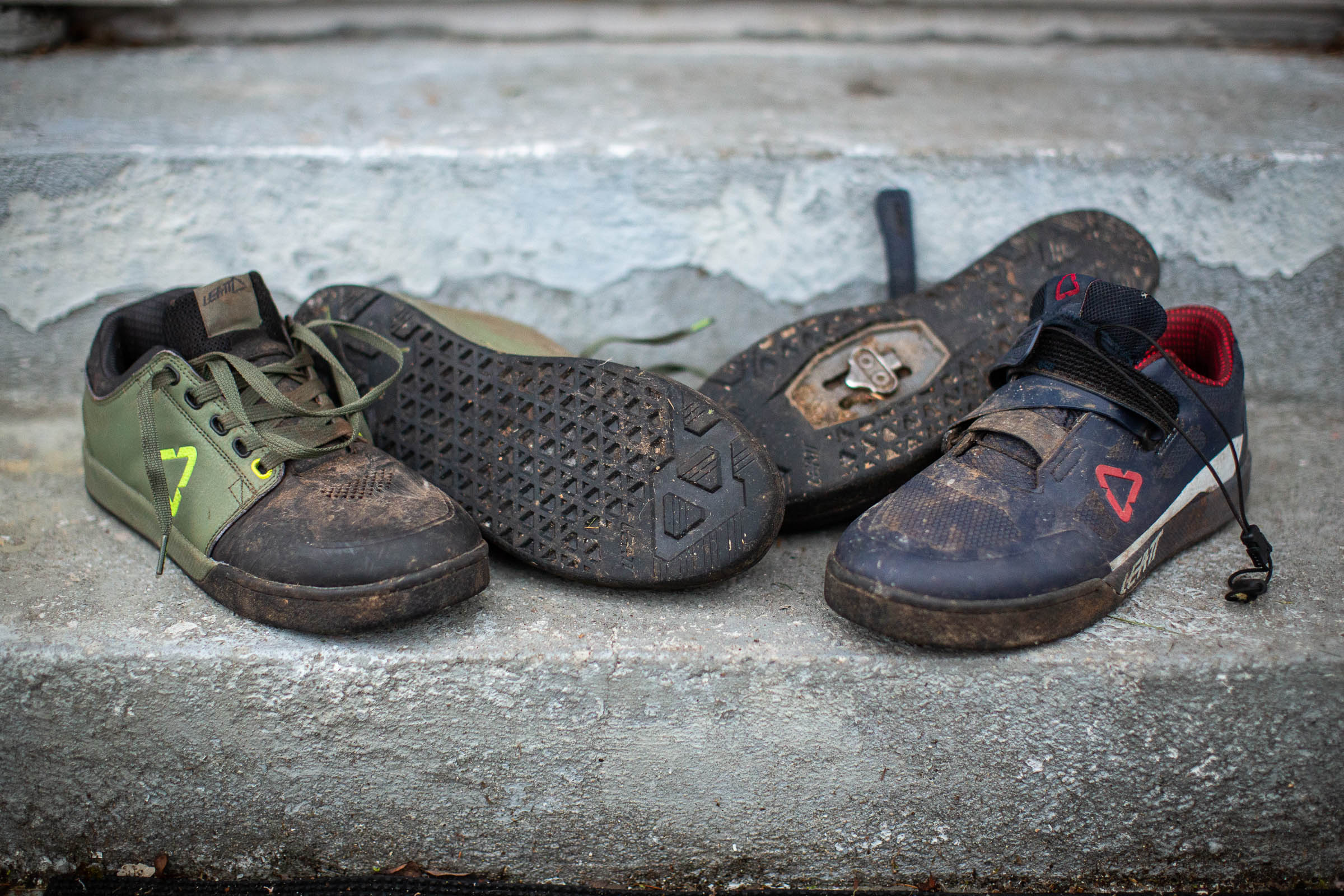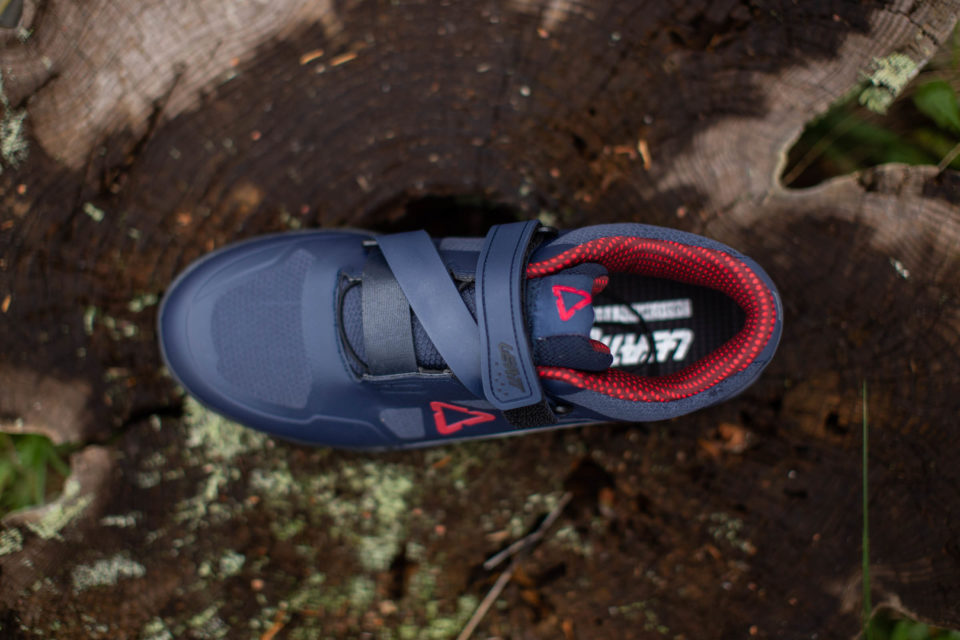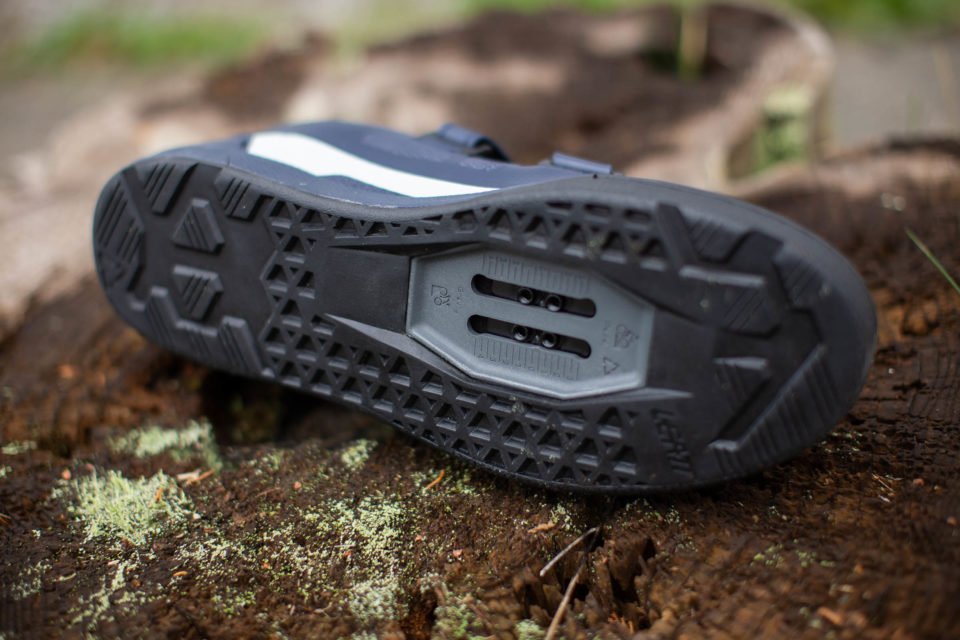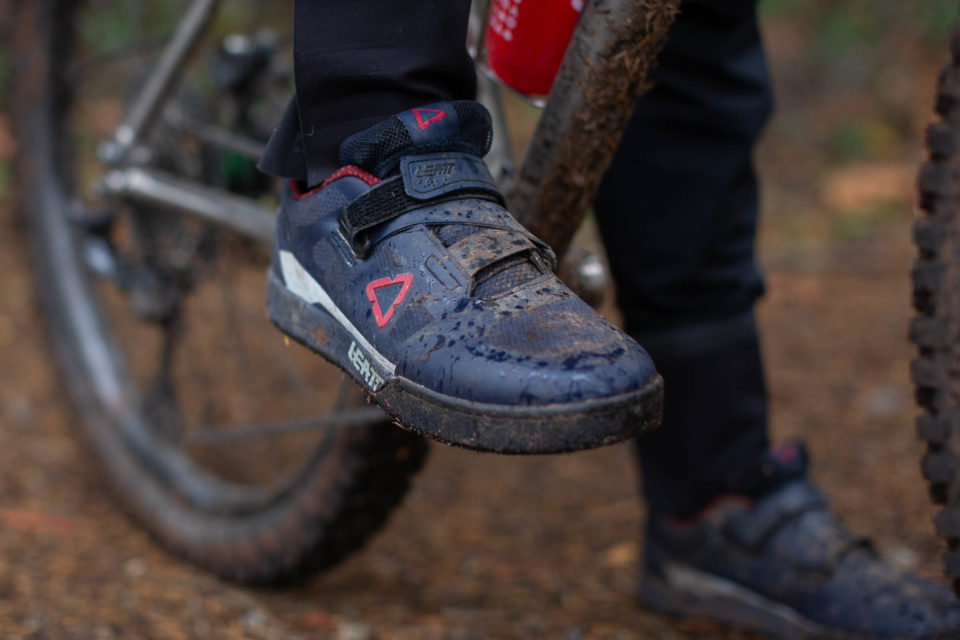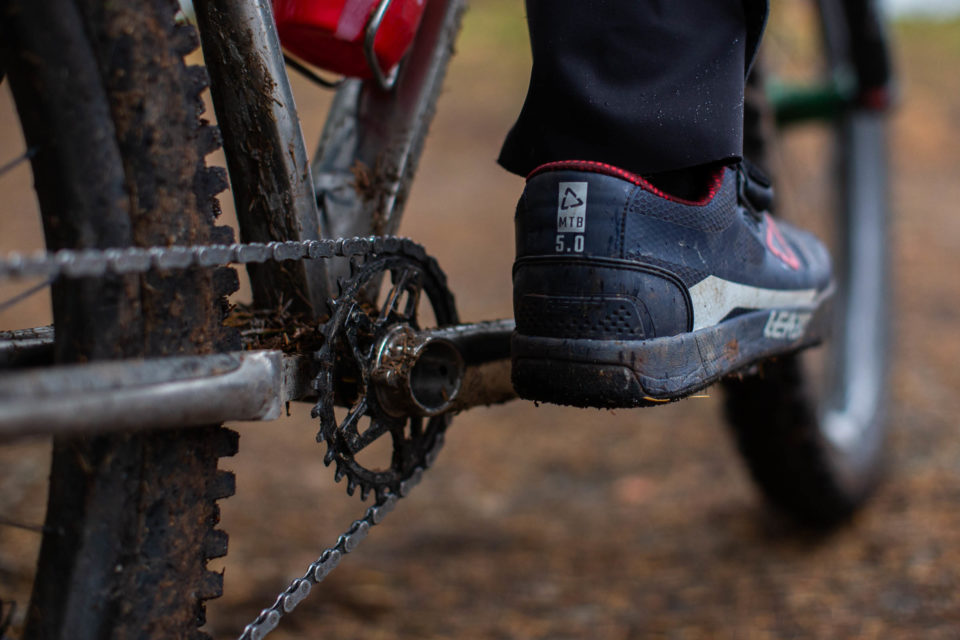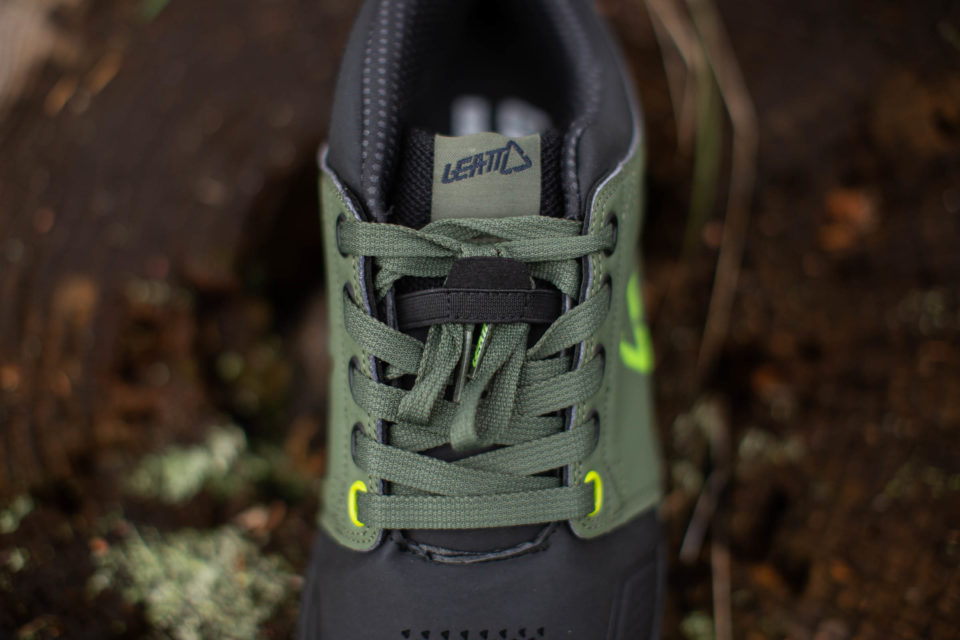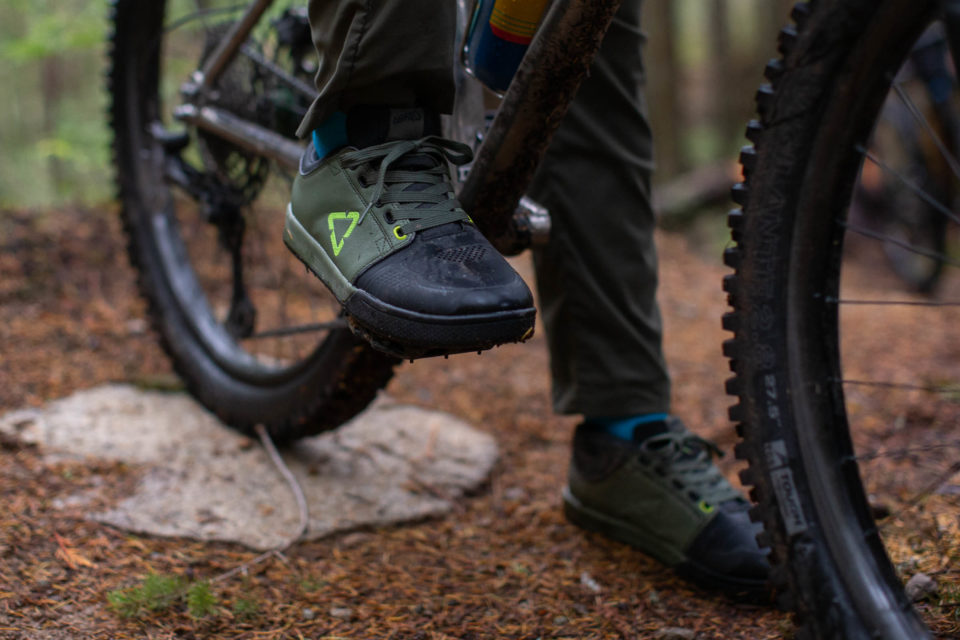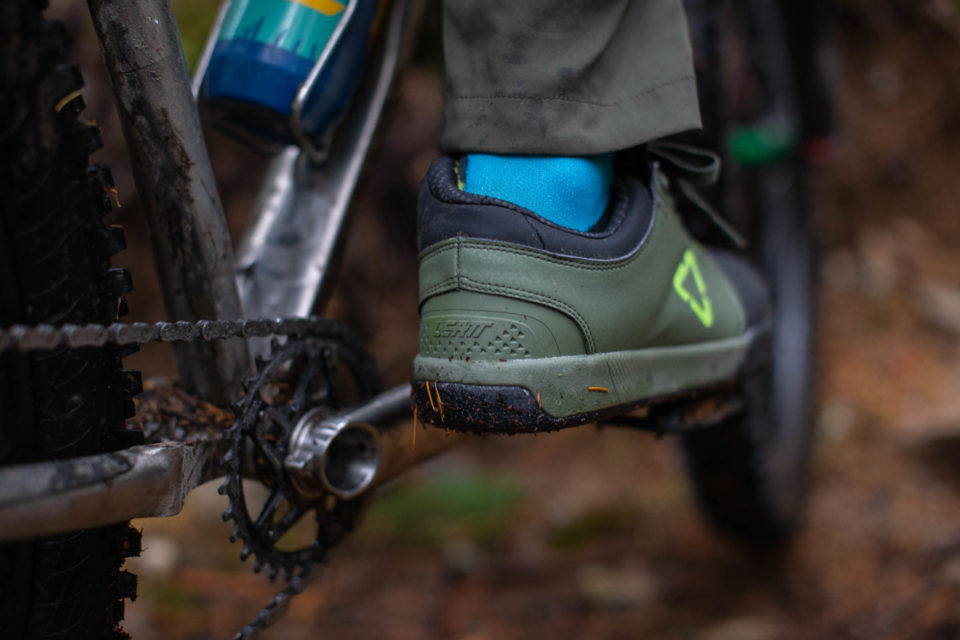Leatt DBX 5.0 and DBX 3.0 Shoes Review
Miles has been testing a pair of Leatt 5.0 DBX clipless shoes and DBX 3.0 flat shoes on British Columbia’s trails throughout the fall to see what they’re all about. Find his thoughts on both here…
PUBLISHED Nov 27, 2020
South Africa-based Leatt is best known for its protective gear and helmets, but I was pretty intrigued to see several mountain bike shoes added to their lineup earlier this year. Although I’ve had no experience with their products, Logan is a big fan of their DBX helmets, so I figured they’d be worth trying out. We had the more performance-oriented Leatt 5.0 DBX clipless shoes and DBX 3.0 flat shoes sent over earlier this fall to see what they’re all about.
To set the stage, I’ve been riding exclusively on British Columbia’s west coast as of late. The trails are wet, slippery, and often mucky with a lot of steep descents. It’s also not dry, by any stretch of the imagination, and bike gear sees a lot of wear and tear when used here regularly. Leatt claims both the DBX 5.0 and 3.0 shoes have waterproof breathable membranes and a padded, enduro-rated design that’s best suited to those who are particularly hard on their gear. I’m much more used to lightweight XC-style shoes, so I was quite interested to see how they performed.
Leatt DBX 5.0 Shoes
Positioned as their highest-end clipless mountain bike shoe, the Leatt DBX 5.0 relies on a speed lace and velcro cross strap closure to dial in the fit. They feature a water-resistant shell, a semi-rigid shank, and a durable, all-weather design that’s suited for demanding enduro-style riding.

With not much to go on, other than the photos we used in the initial product announcement, I expected the DBX 5.0 shoes to be comparable to the Five Ten Kestrels. They both have a similar shape and look, and claim an all-weather, versatile design. The Leatt DBX 5.0 shoes are a heavyweight clipless shoe that definitely leans further to the enduro / all-mountain category relative to the “all-round multi-discipline” description that Leatt gives. To provide a comparison, my size 45 DBX 5.0s weigh in at 580g per shoe with cleat installed, and Neil’s Kestrel Boas weigh 544g but have a much less bulky appearance. Even my now-retired Giro Terraduro shoes felt fairly heavy at 450g, so the Leatt DBX 5.0s are beefy enough to fall into the ‘gravity’ scene. What does that mean for bikepacking?
Other than their weight, I’ve really enjoyed using the DBX 5.0s. They are very comfortable, which I lend to the amount of padding throughout the sides and tongue of the shoe. This also translates to a warmer overall shoe, which has been particularly helpful during some recent cold weather rides here on the coast. I often struggle with cold, eventually numb toes on fall rides but all the extra padding keeps things cozy. Unfortunately, this resulted in some overheating on warmer days, and all of this padding has the tendency to soak up moisture and dry out slowly. Living on the coast, this means they need plenty of time to dry out between rides, which isn’t conducive to wet-weather bikepacking. I imagine they’ll perform much better in the spring and summer, or in less humid environments, as their water-resistant design does do a great job at keeping the shoe itself dry.
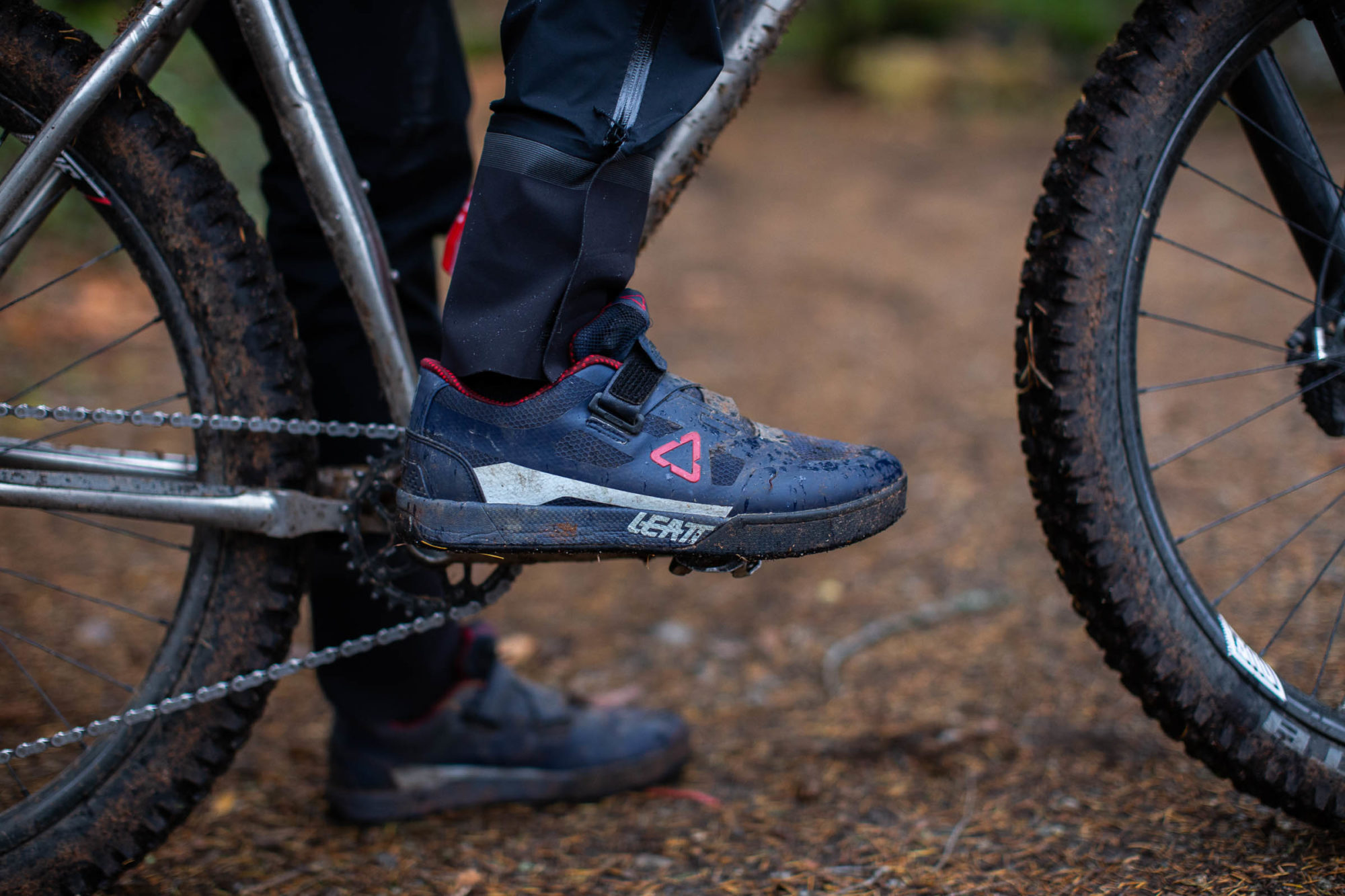
The closure system is an interesting part of the design. As mentioned above, it relies on a cinchable speed lace system with a continuous velcro strap over top. When used together, they hold firmly and tight, requiring no adjustment throughout the day. I found it a bit bulky and clunky, though. Stuffing the speed lace into the pocket on the tongue of the shoe isn’t a very slick look in my opinion, and the velcro strap is grippy and a little hard to work with. A more pliable, lightweight strap might make a good alternative.
The DBX 5.0 shoes have the stiffest shank in Leatt’s lineup, which correlates to maximized pedalling efficiency (or so they say) and more control on the bike. This also means they are a little less comfortable for hiking in, especially when compared to the DBX 4.0 shoes, but make up for that with a great on-the-bike feel.
Pros
- Durable and beefy design will handle everything you throw at them
- Lots of padding makes for a comfortable, warm shoe
- Good grip underfoot
- Oversized cleat area makes for quick engagement and lots of adjustment
Cons
- Lacing system is bulky and hard to work with
- Quick to soak through and slow to dry out
- Noticeably heavy during climbs and on the flats
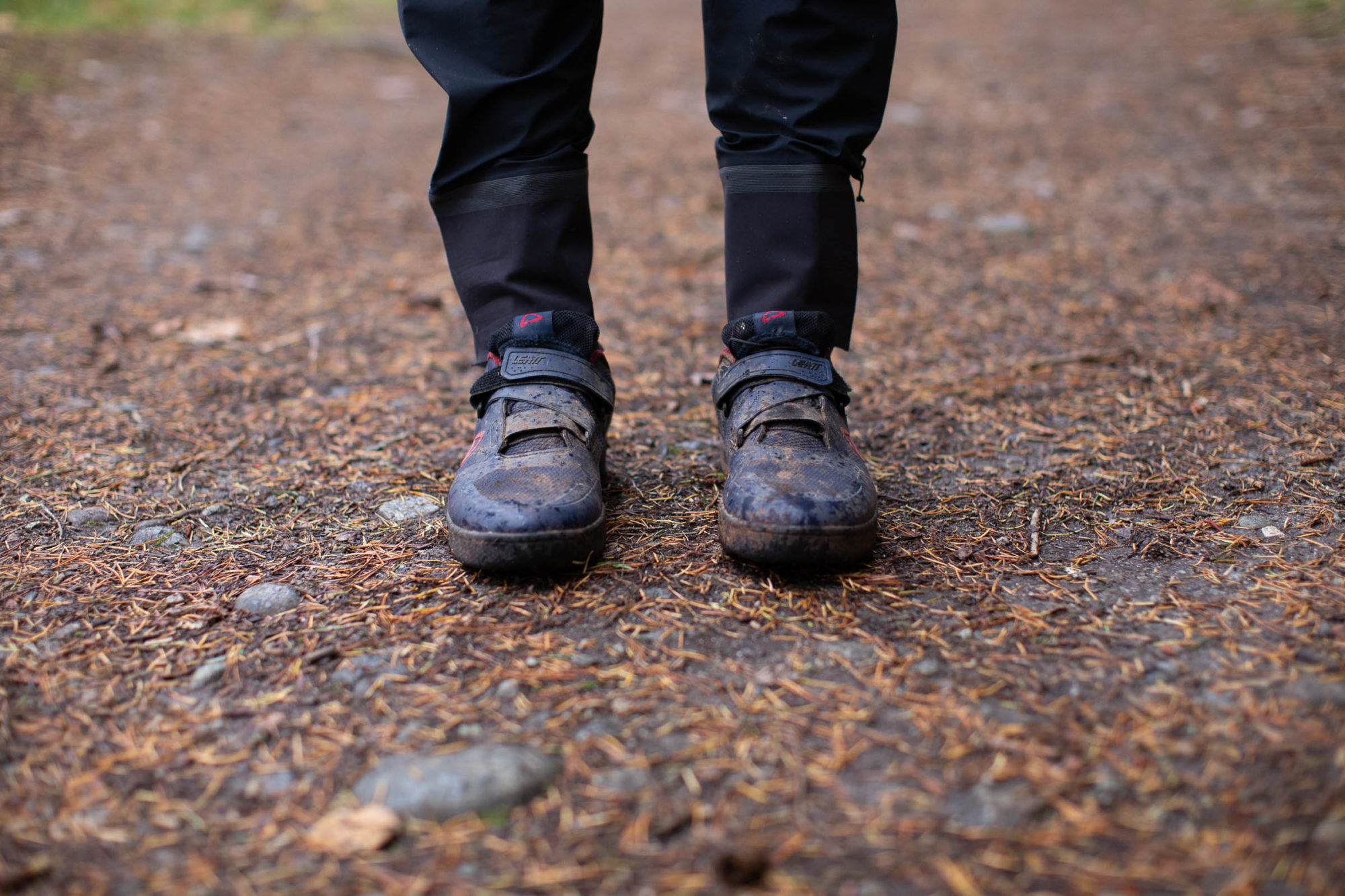
- Size Range: US 6-12, EU 38.5-47
- Material: Synthetic Leather / Suede, PU Reiforcements
- Weight (as tested): 580 grams / shoe (size 45 with cleats)
- Place of Manufacture: China
- Price: $129 USD
- Manufacturer’s Details: Leatt.com
LEATT DBX 3.0 Flat Shoes
During the initial COVID-19 lockdown here in British Columbia, I took it upon myself to start learning how to wheelie. Although I’m more comfortable riding clipped in, this was a perfect opportunity to practice riding on flats. At first, I thought my Vans would work just fine. They work, but any time I went for a real ride, I was missing the stiffness and responsiveness of a dedicated cycling shoe.
Just like the DBX 5.0, the Leatt DBX 3.0 flat shoe is catered towards all-mountain and enduro-style riding. This means big ascents, steep descents, and although this may not apply to me, big landings. Leatt describes the shoe as “medium-stiff”, allowing for solid bike and pedal control without sacrificing your ability to walk or hike. They offer a very similar fit and feel as the DBX 5.0s, but in a lighter weight package.

The 3.0 Flats have a medium-stiff shank that allows a good amount of toe box flex for hiking of steep terrain. However, with about 80g less weight on your feet, they are more comfortable on long days and I’ve recently been opting to pair them with some Bontrager flat pedals for big gravel rides. I’ve had no issues with traction while riding, even on some wet and slippery days here on the coast, and they are also showing no signs of early wear. I wasn’t sure about the raised inner sidewall, but it’s actually been nice to have a little extra protection around the ankle.
I preferred the lace-up closure compared to the design on the DBX 5.0s. They are easier to put on and take off, hold just a tightly, and are overall less bulky around the front of the ankle. I also felt I could get a better dialled fit with the laces since they were easier to work with, which was not my experience with the bulky velcro strap and quick lace system.

Pros
- Durable and warmwith loads of padding
- Grippy when paired with flats pedals with pins
- Enough flex in the forefoot for hike-a-bike
- Competitively priced at $99
Cons
- Heavy when compared to the competition
- Bulky relative to what I’m used to
- Slow to dry out
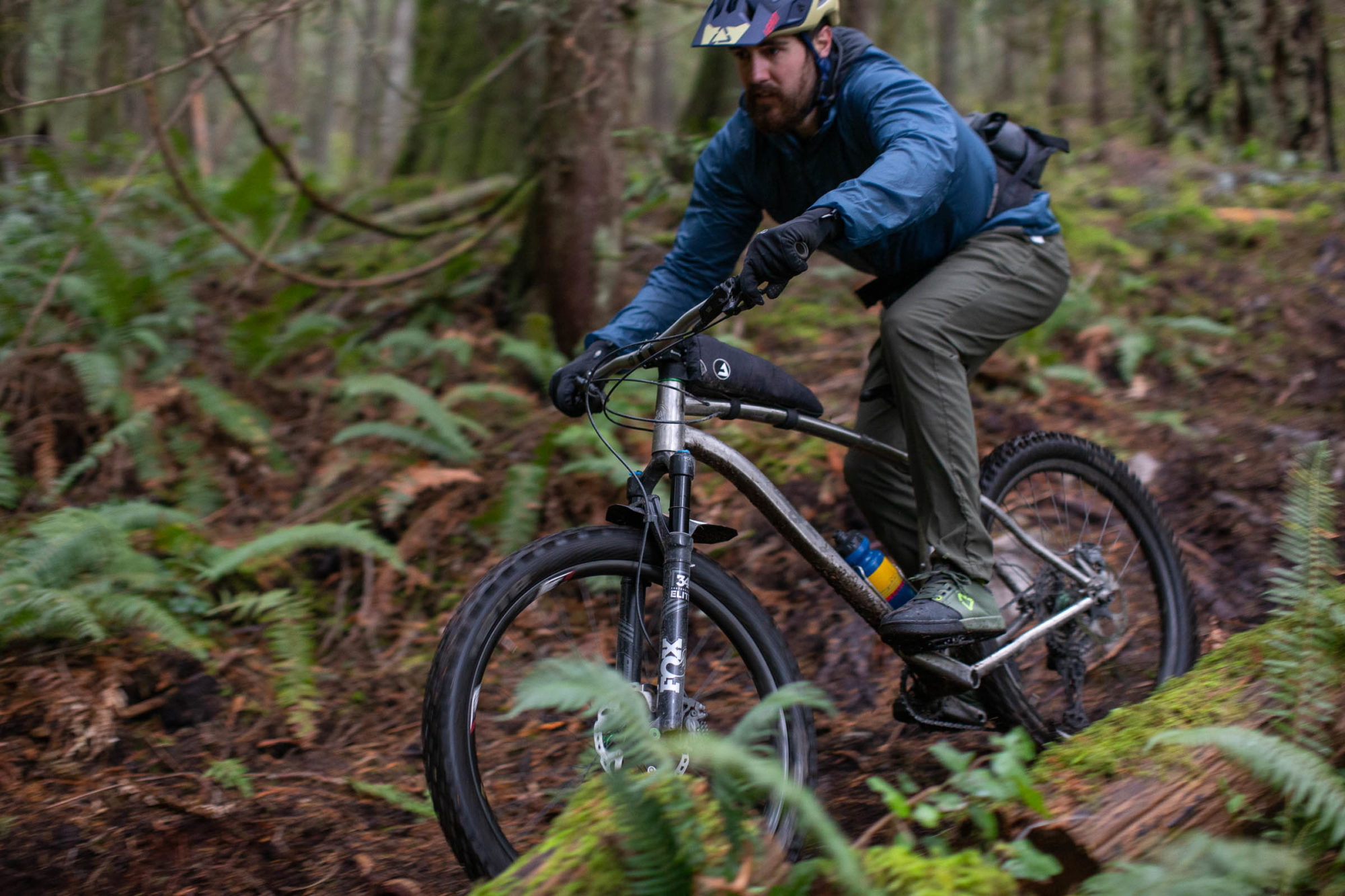
- Size Range: US 6-12, EU 38.5-47
- Material: Synthetic Leather / Suede, PU Reiforcements
- Weight (as tested): 500 grams / shoe (size 45)
- Place of Manufacture: China
- Price: $99 USD
- Manufacturer’s Details: Leatt.com
WRAP UP
I had high expectations for the Leatt DBX 5.0 shoes, but the weight and bulk of them was surprising. With that said, they’re the most comfortable shoe I’ve tried for long, chunky descents and technical downhill riding. And that’s where they really shine. They appear to be well built and can clearly handle some serious mountain biking, but their weight makes them hard to recommend as a shoe primarily used for bikepacking or long-distance rides. If I was heading out to tackle a high alpine bikepacking route with equal parts hike-a-bike and long, exposed descents, I’d definitely trust the DBX 5.0s to hold up through it all.
The DBX 3.0 flat shoes offer a similar suite of features for those not interested in clipping in. I definitely preferred their lace-up design over the complicated SpeedLace / velcro strap setup, and the weight savings were noticeable when riding long distances. However, like the DBX 5.0, once the inside gets wet they take a while to dry out, which hasn’t been optimal in the coastal humidity.
Both shoes are a great option for someone who rides aggressively or is notoriously hard on gear, and could benefit from an extra durable shoe. The waterproof-breathable membrane is a nice touch, and as long as you don’t spend too much time riding in very humid areas, you’re likely to have comfortable, dry feet all day long—without breaking the bank!
Please keep the conversation civil, constructive, and inclusive, or your comment will be removed.
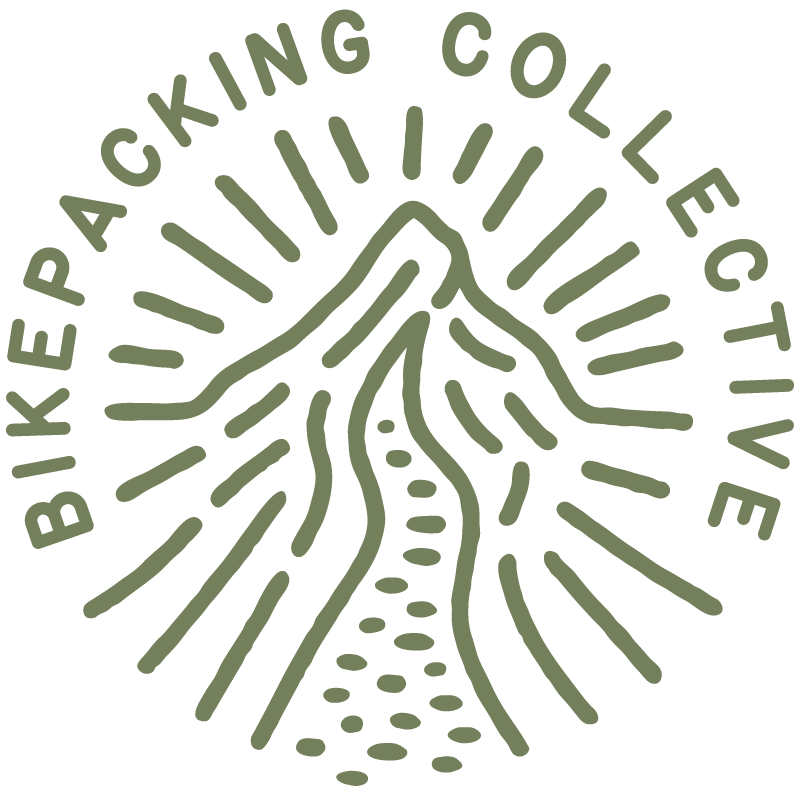
We're independent
and member-supported.
Join the Bikepacking Collective to make our work possible:







